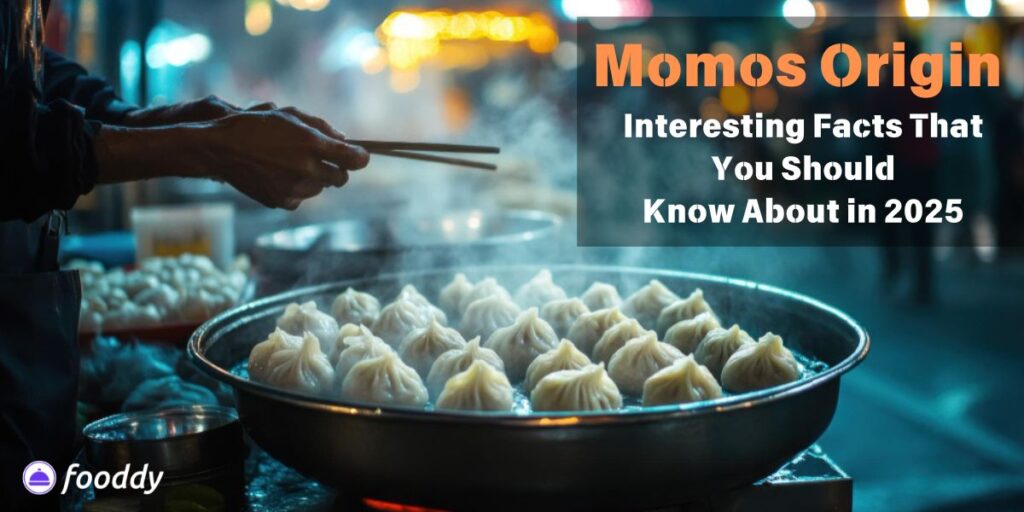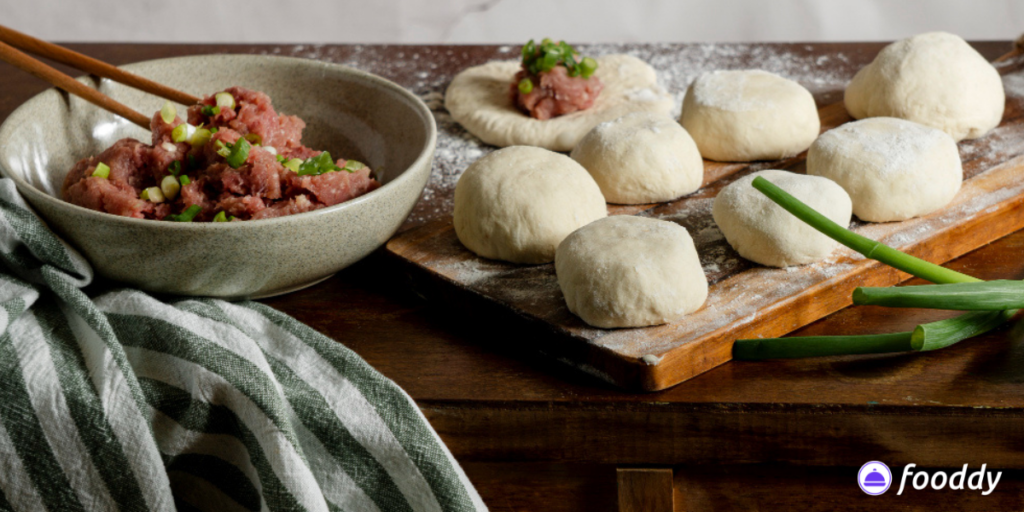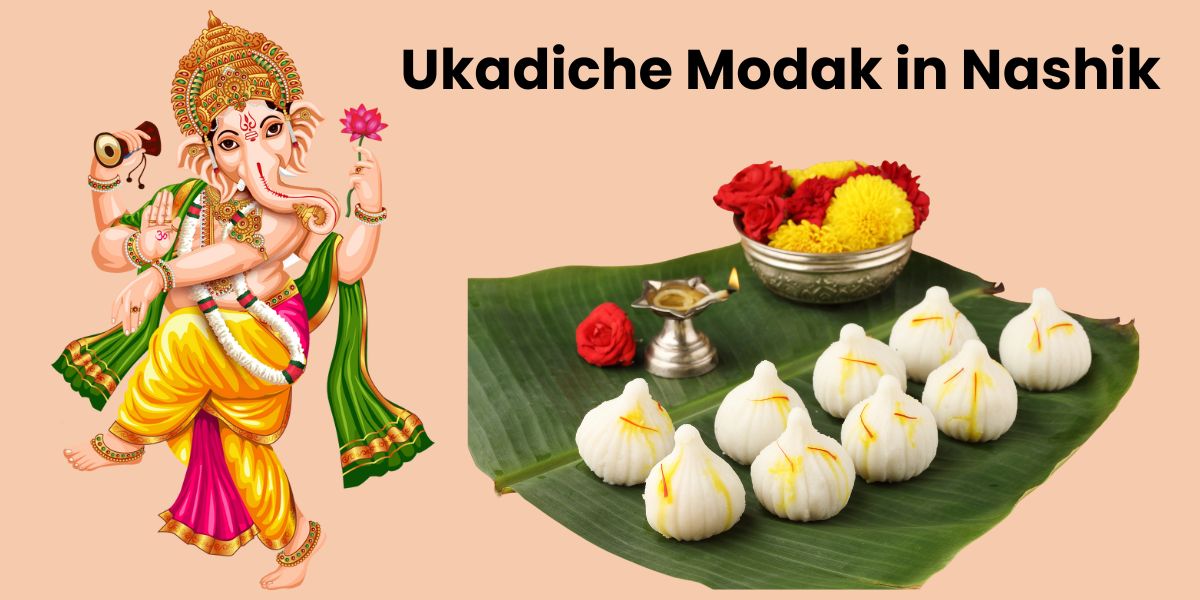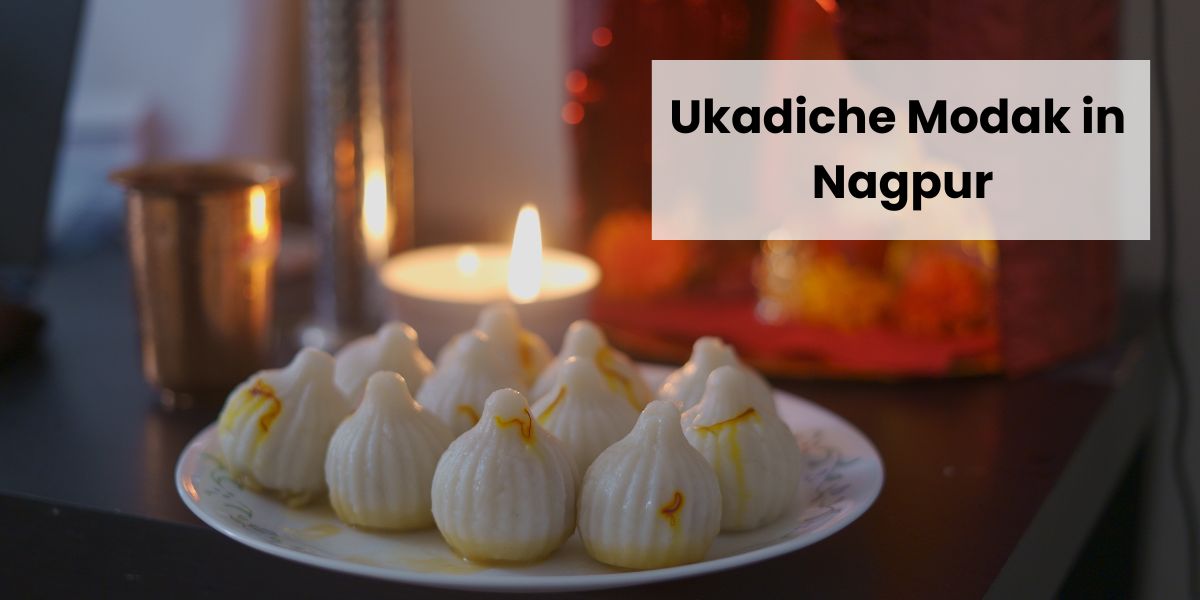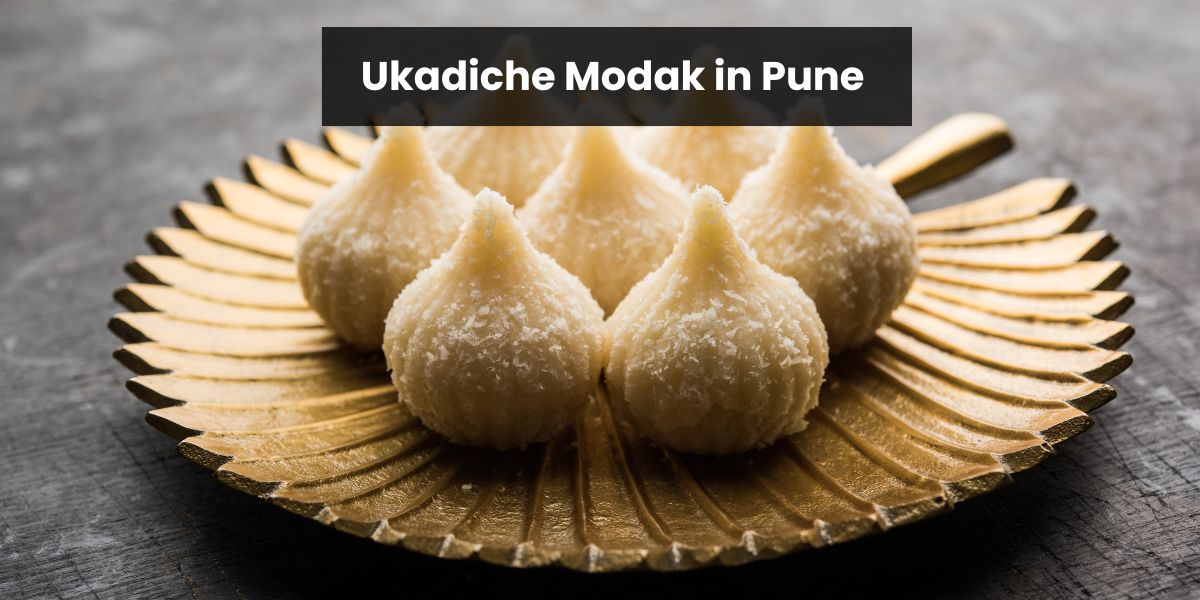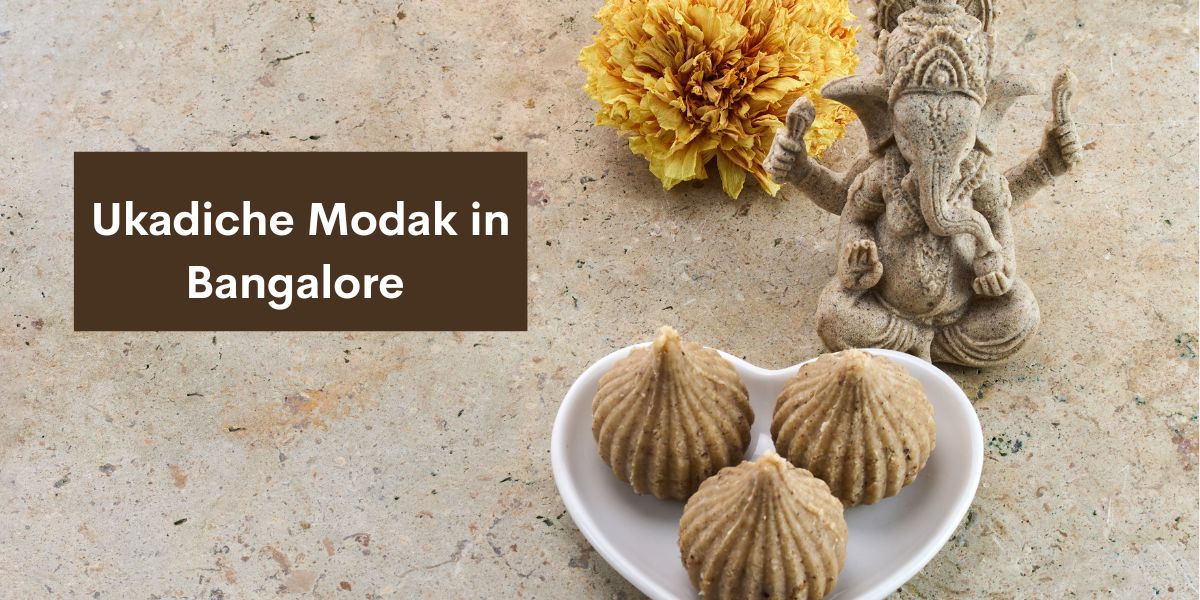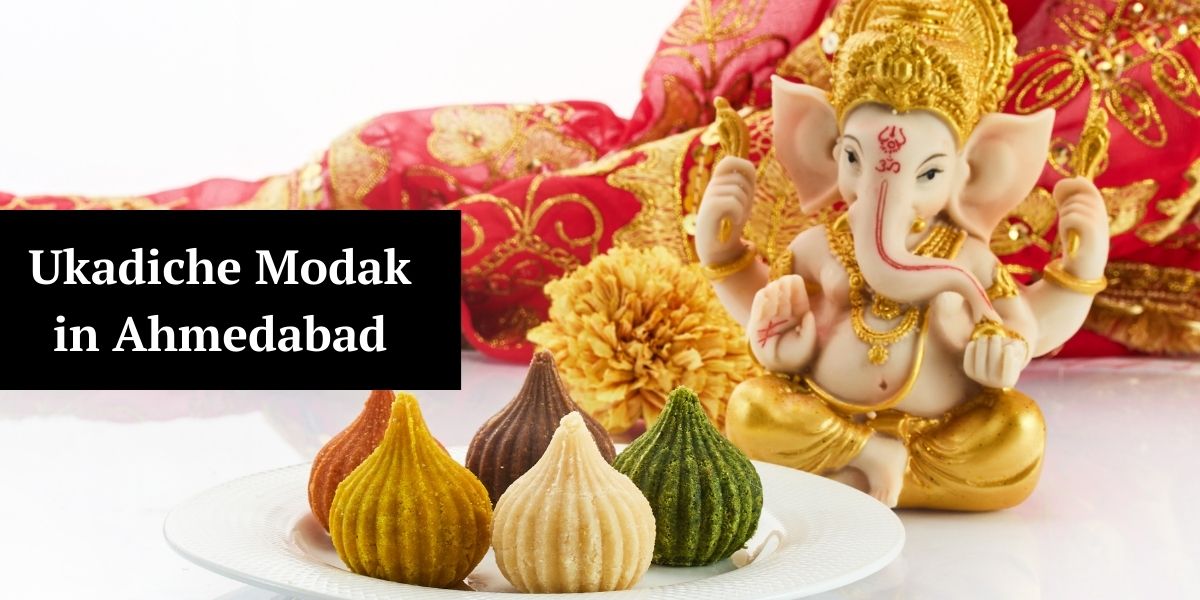Momos are a popular street food that has gained immense popularity not only in their place of origin but also across the globe. These delicious dumplings have become a staple in many Asian countries, particularly Nepal, Tibet, and parts of India. However, the exact origin of momos remains clouded in mystery and is often a topic of debate among food enthusiasts and historians. In this article, we will delve into the fascinating history of momos and explore momos as a dish, focusing on what are momos and their evolution over time to become one of the most beloved dishes worldwide. For more information about momos, including their origins and global journey, keep reading. Similarly, Vadapav interesting facts also reflect the global appeal of street food, showcasing how humble dishes can capture hearts across different cultures. From their humble beginnings to their current status as an international culinary sensation, join us on this journey to uncover the secrets behind these delectable treats known as momos.
Tibetan Roots: The Momos Dish Origin
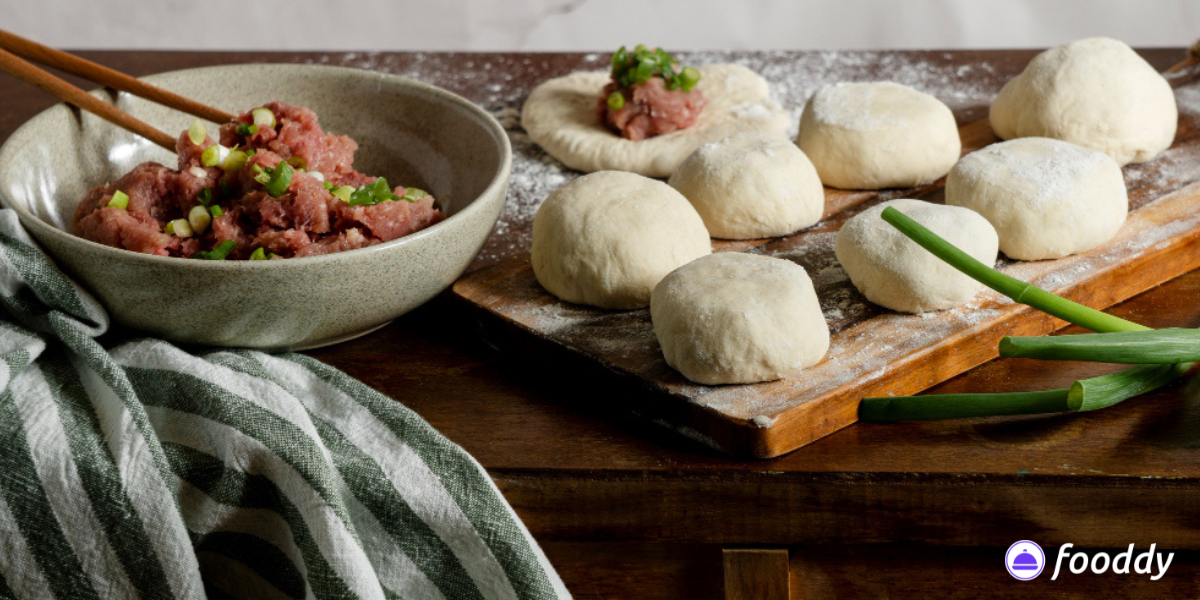
Momos, the delectable dumplings that have gained popularity worldwide, have their origins deeply rooted in Tibetan cuisine. These mouthwatering treats are believed to have been brought to Tibet by early traders and travelers from Central Asia. The word momo itself is said to be derived from the Chinese term momo, meaning steamed bread. However, despite its Chinese influence, momos have evolved into a distinct Tibetan dish with unique flavors and ingredients. Momos is a dish of which country is an intriguing question among food enthusiasts, and also the question momos which country food and where was momo originated highlights their Tibetan roots and their journey to becoming a beloved dish in various regions. Momo origin could be an interesting story among foodies.
Today, momos can be found not only throughout Tibet but also in neighboring countries like India and Nepal as well as in Tibetan communities around the world. However, what is the origin of momos remains a topic of intrigue and debate among food enthusiasts and historians. Their widespread appeal can be attributed not only to their delicious taste but also to their versatility as they can be steamed or fried and filled with an array of creative fillings such as cheese or chocolate for those with a sweet tooth. Momos truly reflect the rich culinary heritage of Tibet while continuing to captivate taste buds across continents.
Cultural Significance: Momos in Tibetan Cuisine
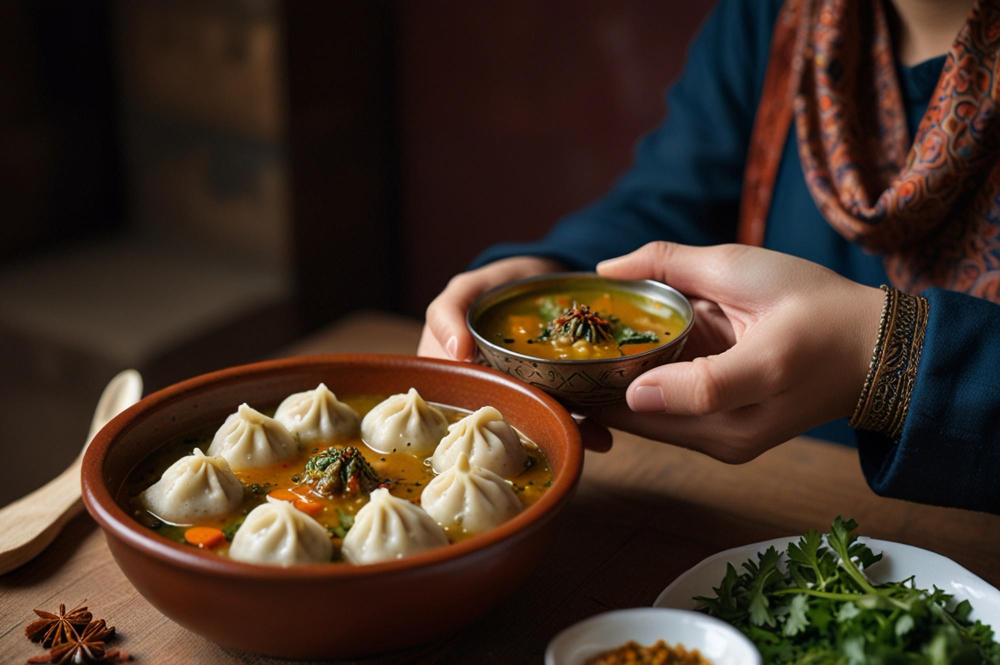
Momos, the delectable dumplings that have gained immense popularity worldwide, have a fascinating origin and are associated with a plethora of interesting facts. These bite-sized delights, typically filled with a variety of savory fillings, hold a special place in the hearts (and taste buds) of people across different cultures. But do you know where momos originated? In this article, we will delve into the intriguing momo history and uncover some lesser-known facts about these mouthwatering treats that have become an international sensation. From their humble beginnings to their global recognition, join us on a journey to explore the captivating world of momos.
Global Spread: Momos’ Journey Beyond Tibet
Momos, the delectable Tibetan dumplings, have not only captured the hearts and taste buds of Tibetans but have also made their way across borders, gaining popularity worldwide. From humble beginnings in the mountainous regions of Tibet, momos have embarked on a remarkable journey that has taken them to different corners of the globe.
One interesting fact about momo dumpling origin is their adaptation to local tastes and preferences. As they traveled beyond Tibet, momos underwent various transformations to suit different palates. In India, for example, where they gained immense popularity in regions like Delhi and Kolkata, momos were infused with Indian spices and flavors like garlic and ginger. Similarly, in Nepal, where momos are a staple street food delight, they are often served with fiery chili sauce or tangy tomato chutney.
Another fascinating aspect of Momos history is how it became part of diverse culinary cultures around the world. In countries like Bhutan and Nepal, where they share cultural similarities with Tibetans, momos seamlessly integrated into local cuisines. However, even in places far from its place of origin such as Australia or Canada, momo found its place on menus alongside other international dishes like sushi or tacos. This global acceptance speaks volumes about the universal appeal and adaptability of these little pockets of deliciousness called momos.
Check this out: Deliciously Surprising Facts Pani Puri
Interesting Variations of Momos Origin: Unique Momo Recipes Worldwide
Momo, a popular Tibetan dish, has gained immense popularity worldwide and has undergone several interesting variations in different countries. In India, the momo recipe has been adapted to suit the local taste buds, resulting in unique flavors such as tandoori momos or butter chicken momos. These variations infuse Indian spices and cooking techniques into the traditional momo recipe, creating a mouthwatering fusion of flavors.
Moving towards Nepal, they have their own take on momos known as Kwati Momo. This variation combines the traditional dumpling with kwati soup made from nine different types of sprouted beans. The combination of the delicately steamed dumplings with the flavorful soup creates a wholesome and satisfying meal.
In Japan, a twist on the classic momo can be found in gyoza. Gyoza is similar to momo but is pan-fried instead of being steamed or boiled. This variation gives gyoza a crispy outer layer while maintaining a juicy filling inside. Often served with soy sauce and black vinegar for dipping, gyoza offers a delightful culinary experience for those seeking unique variations of momo.
These are just a few examples of how momo recipes have evolved around the world to cater to diverse palates and preferences. Exploring these interesting variations not only allows us to savor delicious flavors but also provides insight into how cultures creatively adapt and reinterpret traditional dishes according to their own culinary traditions.
Watch out: Gulab Jamun: Exploring the Heart of Indian Sweets
Interesting Facts About Momos Origin
Here are some of the Surprising fun facts about momos;
- Momos, the delicious dumplings that have gained popularity worldwide, actually originated in Tibet and Nepal. They were traditionally made using meat filling, but over time, various vegetarian and vegan options have been introduced to cater to different dietary preferences.
- Did you know that the word momo is said to be of Tibetan origin? It is believed to derive from the Chinese word mimian, meaning flour face. This name perfectly suits these dumplings as they are made by wrapping a thin layer of dough around a flavorful filling before being steamed or fried.
- Another surprising fact about momos is their cultural significance in certain regions of Asia. In Nepal, for example, momos are an integral part of festivals like Dashain and Tihar and are often offered as a symbol of good luck and prosperity. Similarly, in Tibet, momo recipes are passed down through generations as a cherished family tradition.
- Momos have also found their way into popular culture beyond Asia. In recent years, they have become street food sensations in countries like India and even gained recognition on international platforms such as MasterChef competitions.
- One fun fact about momos is that there are countless variations across different regions and countries where they are enjoyed. From traditional Tibetan or Nepali momos with authentic flavors to fusion versions like chocolate or pizza-filled momos – these dumplings have truly evolved creatively over time!
Conclusion: The Enduring Appeal of Momos Origin
Overall, the enduring appeal of momos lies in their ability to bring people together through food. Whether it’s enjoying a plateful of steaming hot momos on a cold winter day or savoring them during festive celebrations, these dumplings have become synonymous with shared moments and joyous occasions worldwide. Similarly, Fascinating Facts About Biryani highlight how another iconic dish has brought people together through its rich flavors and cultural significance, reinforcing the power of food to unite. The fact that they continue to cross cultural boundaries and win over new fans every day speaks volumes about the timeless charm of this beloved dish.
FAQs
Momos originated in Tibet and were later popularized in Nepal, Bhutan, and the Indian subcontinent.
Momos can be a healthy choice if prepared with lean protein, vegetables, and whole wheat wrappers. However, some variations with deep-fried wrappers or fatty fillings may not be as nutritious.
Absolutely! Vegetarian momo fillings commonly include options like paneer (cottage cheese), tofu, mixed vegetables, or even mashed potatoes.

